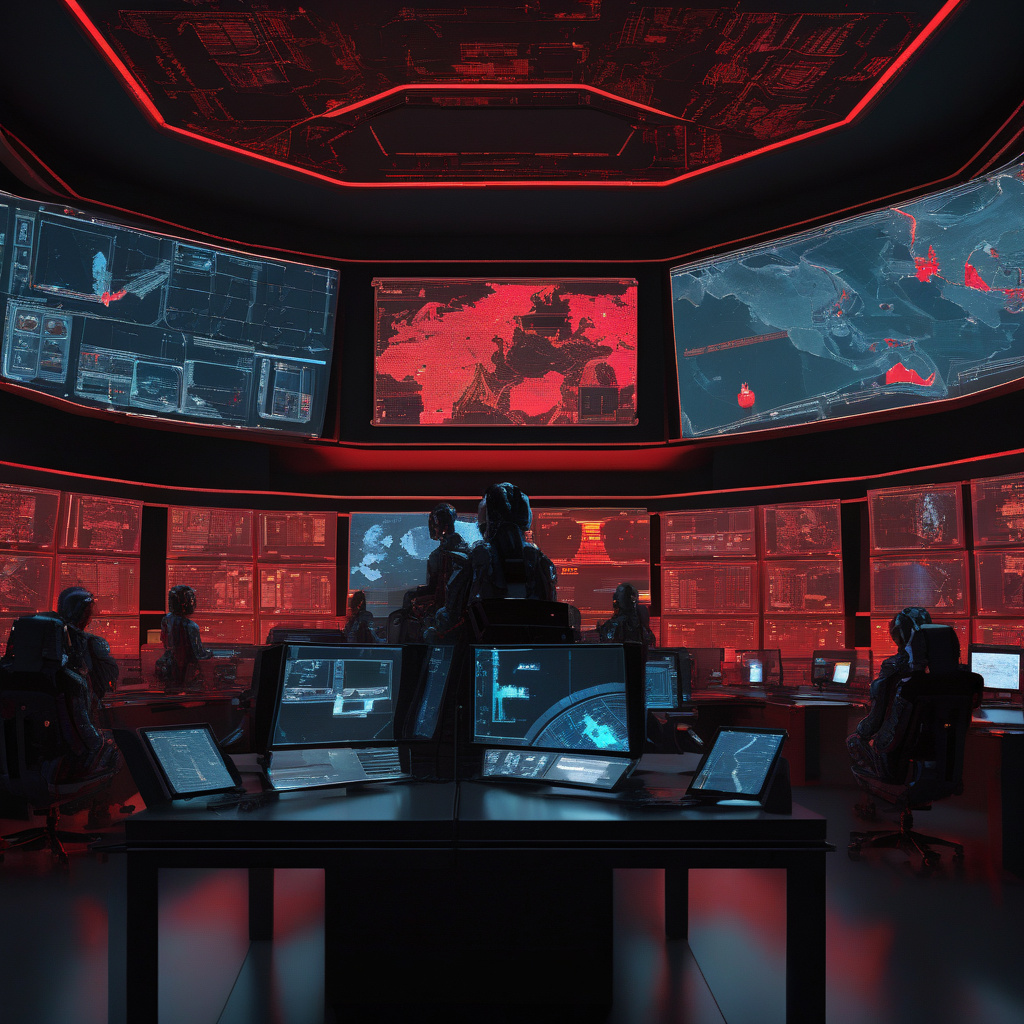In the ever-evolving landscape of cybersecurity threats, a recent development has caught the attention of IT and development professionals worldwide. A threat actor with ties to China has taken a new approach to classic remote monitoring and management (RMM) attacks. What sets this apart is their use of a Chinese open-source tool known as ‘Nezha’ to carry out their malicious activities.
Nezha, originally developed as a legitimate tool for systems management, has now been weaponized by these threat actors to infiltrate networks and execute unauthorized actions. This strategic shift showcases how threat actors are adapting their tactics, leveraging readily available tools to exploit vulnerabilities and breach systems.
By utilizing ‘Nezha,’ these actors are not only able to bypass some traditional security measures but also potentially evade detection by security solutions that may not flag the tool as malicious due to its legitimate origins. This poses a significant challenge for cybersecurity professionals in identifying and mitigating such threats effectively.
The implications of this new development are far-reaching. It underscores the importance of staying vigilant and proactive in monitoring for unusual activities within networks. IT teams must now not only be wary of known malicious tools but also increasingly scrutinize seemingly benign software that could be repurposed for nefarious ends.
To combat this emerging threat effectively, organizations need to enhance their cybersecurity measures. This includes implementing robust network monitoring tools, conducting regular security audits, and ensuring that all software, including open-source tools, is vetted for potential risks before deployment.
Moreover, collaboration within the cybersecurity community is crucial. Sharing information about emerging threats and vulnerabilities, as well as collaborating on best practices for threat detection and response, can strengthen the collective defense against such attacks.
As the cybersecurity landscape continues to evolve, staying informed and proactive is key to defending against sophisticated threats like the weaponization of tools such as ‘Nezha.’ By remaining vigilant, adapting security strategies, and fostering collaboration, IT and development professionals can better protect their organizations from malicious actors seeking to exploit vulnerabilities for their gain.

